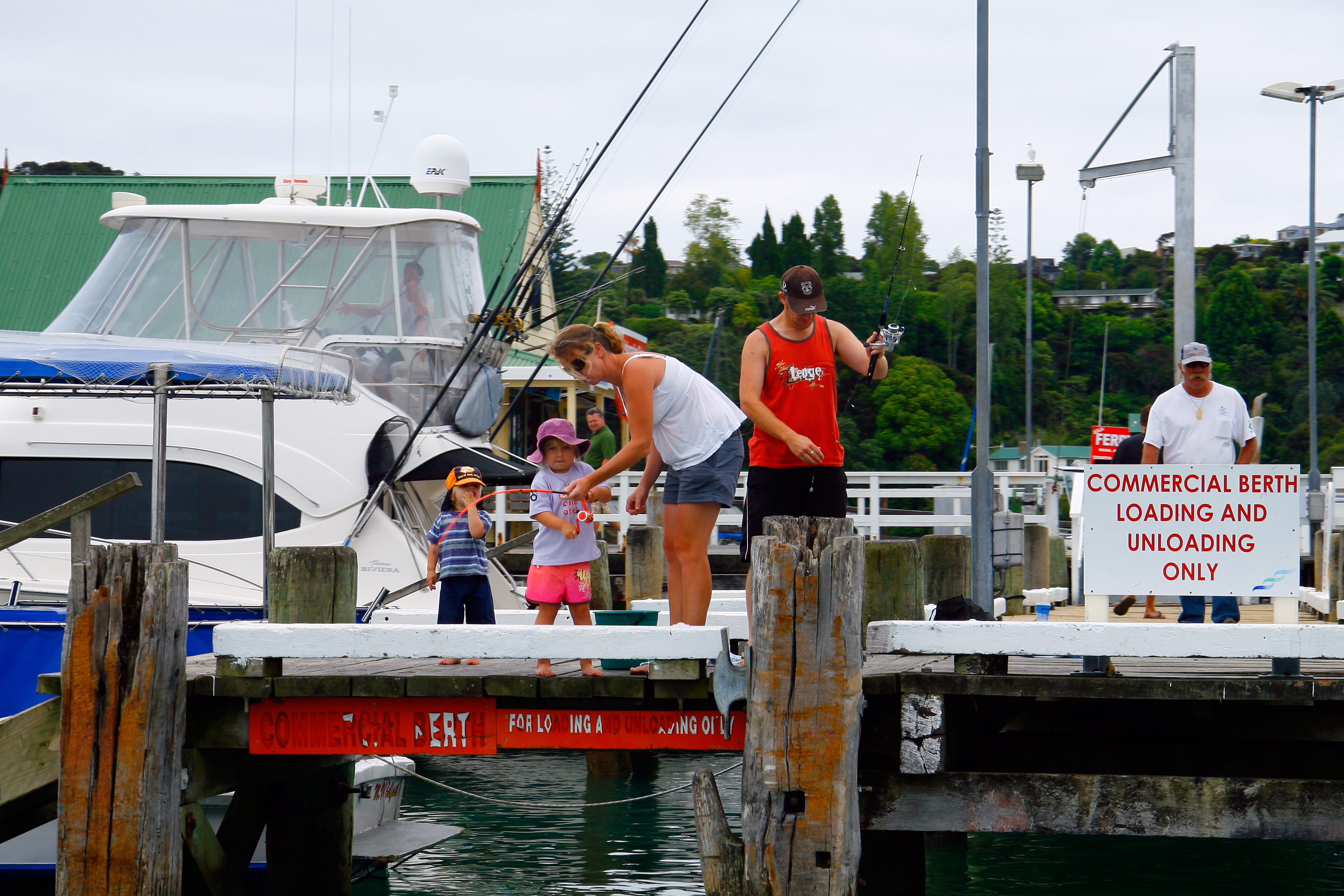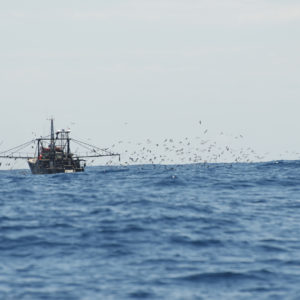At this time of year we often hear wailing about recreational fishers taking too many fish and how that threatens overall sustainability. The good news is twofold. One, we still have good access to fisheries that thousands of Kiwis enjoy over summer. Secondly, we have new national survey results that show that recreational harvest is not threatening overall sustainability.

Stuart Nash as Minister of Fisheries is responsible for ‘ensuring sustainability’ by setting the Total Allowable Catch (TAC) for each species and management area. We often argue for more conservative TACs as these will help restore depleted stocks to healthy levels and increase the benefits to New Zealand as a whole.
After allowances are set aside for unseen fishing mortality, Maori customary and recreational fishing interests, the Minister allocates the remainder of the TAC as the Total Allowable Commercial Catch.
Sustainability is much more than just being able to catch a set amount of fish for a long time. There needs to be sufficient abundance to smooth out the lows in spawning success or recruitment. As we have seen with the eastern tarakihi fisheries, gradual stock declines are hard to detect when new technology is deployed to catch fish more efficiently.
No doubt new technology and the internet has helped keep recreational fishers interested and spending money. However, one of the surprising findings from repeating the National Panel Survey was that fewer people were fishing in 2018 than in 2012. Total recreational harvest of finfish is also down, by 19%, while non-finfish (i.e. shellfish) harvest has reduced in numbers by 41%.
The Panel Survey recruits 1% of all recreational fishers using proven survey methods and tracks their fishing and catch for a whole year. The results are particularly robust for larger fisheries where there is good data on the number of fishers, popular methods, the mean weight of fish and the number of fish landed per person. As in 2012, the most popular landed catch was snapper followed by kahawai and blue cod. In 2018 around half of all recreational fishing occurred on the North Island’s northeast coast between North Cape and East Cape.
There are multiple reasons why people no longer fish, busy lives, depleted fisheries, and it is worth noting the age group that showed most decline were people under 30 years old. One thing is certain, for many of us fishing contributes to our wellbeing so get out there, catch a fish or two and let’s enjoy sharing kaimoana with our family and friends.
Survey results
National Panel Survey 2017-18 – full report.
Report briefs, between 2018 and 2012 –
- There has been a 20% reduction in recreational fishing effort.
- There are fewer people recreational fishing.
- Total recreational harvest has reduced –
- Finfish catch has reduced in numbers by 19%.
- Non-finfish ie. shellfish catch has reduced in numbers by 41%.
- Between North Cape and Cape Runaway, East Cape –
- Snapper catch, in weight, is down by 21%.
- Kahawai catch, in weight, is the same.
- Between Te Arai Point, south of Bream Bay, and East Cape (CRA 2), crayfish catch, in weight, is down by 65%.
- Around the top, east and west coast of the South Island blue cod catch, in weight, is down by 17%.
- Between Te Arai Point, Northland, and the Bay of Plenty catch of scallops, in weight, is down by 44%.
- In the North Island west coast harbours catch of scallops, in weight, is down by 49%.





